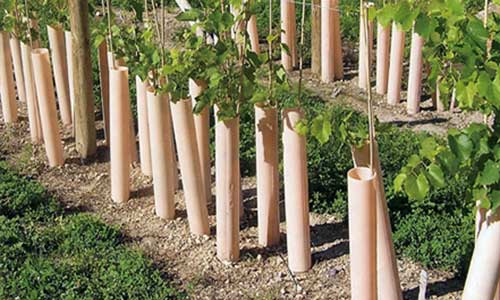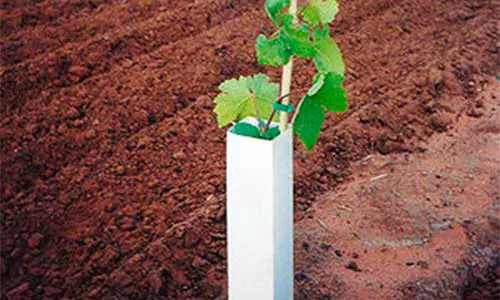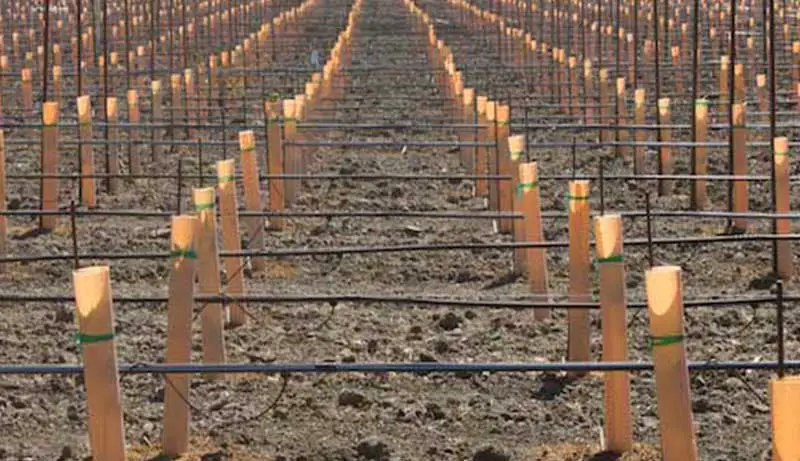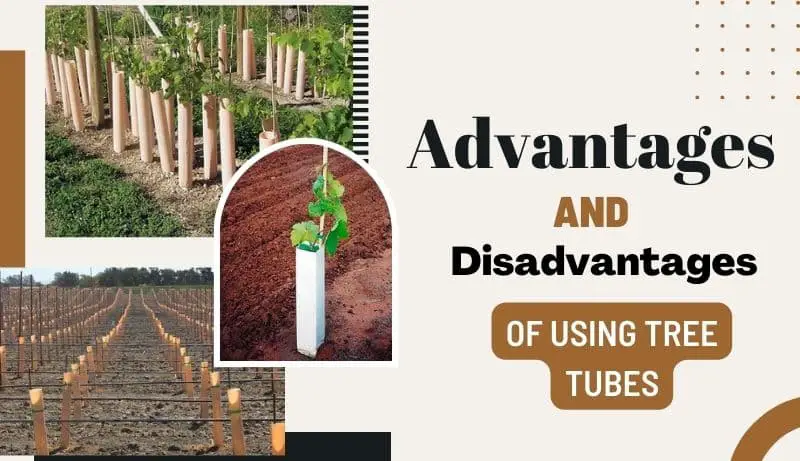In recent times, tree shelters are popularly used to promote the growth and survival of seedlings.
Tree Tubes are a must when planting a tree. As the name implies, Tree Protectors/Tree Tubes protect trees from deer browse and rub, wind, drought, and other natural disasters. Besides, it is highly beneficial in tackling weed eaters, herbicides, and even people.
Nonetheless, the benefits are only one side of the coin. It comes with its own set of drawbacks. On that account, is it worth investing in tree tubes?
The dilemma continues.
But we will put an end to this perplexion today. In this article, we will dive deep into analyzing the for and against of using tree tubes.
Let’s begin!
How to Use Tree Tubes?

To get the best results, it is imperative to know the correct usages of tree tubes. In this part of the article, we will focus on explaining the in-order use of tree tubes.
The procedure begins right from purchasing the tree tubes. We recommend purchasing tubes that are four feet tall to the least; five feet is preferable. You cannot stop deer browsing with shorter tubes.
Both solid and air-perforated tubes function as intended. However, we have discovered that occasionally some species with several branches, may branch out through the air holes. If available, solid tubes might be a preferable option.
When planting seedlings, countersink the tube a few inches. This may prevent small rodents from using the tube as winter refuge or “girdling” the seedling.
Don’t forget to cover newly installed tubes with mesh. This will prevent wasps from nesting in the tubes.
Additionally, zip-tie each tube to a stake. Once the tree emerges, you may need to support it with cable and stakes. Rapid vertical development associated with tubes might produce a weak trunk that needs extra support.
After the sapling emerges, leave the tube. We suggest leaving it on until the trunk almost fills the tube.
That will prolong protection from rubbing bucks. Don’t wait until the trunk fills the tube, since moisture and debris can cause infections and funguses.
Consult your state forester before using tree tubes if moths are prevalent. The tubes may house moths.
Wrap-around tubes can be removed and reused. Non-wraparound tubes must be cut and are not reusable. When ordering tubes, consider your preference.
Checking on the Advantages and Disadvantages of Using Tree Tubes

It is impossible to successfully put a tree seedling amid a sea of grasses with armies of mice, voles, rabbits, and deer without shelter.
Because the seedling is being planted in grassland soil rather than forest soil. Both of these have a very different microbial makeup. Hence, it is a tough enough habitat for the seedling.
Additionally, Tall Fescue is a non-native grass with allelopathic traits. This trait can stunt the growth of newly planted tree seedlings. It dominates the majority of grasslands in the humid east.
On that account, tree tubes might appear as a must-have. But is investing in tree guards worth your penny?
The primary function of a tree shelter tube is to reduce accessible sunlight except at the top, which encourages the seedling to develop more quickly upwards toward the light.
Furthermore, these tubes protect the tender seedling from animals and environmental catastrophe.
Tree shelters offer many benefits than merely defending the seedling against rabbits, deer, mice, and voles.
By gathering light and raising the temperature inside the shelter, they serve as a greenhouse, promoting earlier spring growth and later fall development.
Shelters serve as landmarks that help people see the trees. This enables speedier maintenance and inspection. The tree’s visibility shields it from negligent mowers as well.
Additionally, there is unquestionably a positive relationship between the seedling’s growth and the shelter’s height.
Nevertheless, tree tubes have their downside as well.
We have dealt with hormone-charged rutting bucks for many years that destroyed tubes and broke tree tube posts.
Ultimately, it killed the tree we were trying to protect. After all that, wire cages are now the primary method of tree protection.
While installing tree cages takes longer than installing tree tubes, once they are set up properly, they require far less upkeep than just utilizing tubes.
In conclusion, are tree tubes good or bad?
Well, it comes down to your usage.
Frequently Asked Questions and Answers
1. What is the ideal height of a tree tube?
In general, tree tubes can be up to 6 feet long. However, we recommend tube tubes that are at least four feet tall; five feet is preferable. Deer browsing is not stopped by shorter tubes.
2. Can light pass through the tree protectors?
Yes.
The translucent plastic of the tree tube allows ample air passage. Moreover, they serve as a greenhouse, gathering light and raising the temperature inside the shelter. This promotes spring growth that is sooner and fall growth that is later.
3. When should I install a tree tube?
Tubes can be fitted on an older stock that has suffered serious damage as well as on newly planted seedlings. For instance, tubes can be positioned above an older seedling that has endured extensive deer browsing.
4. Are tree tubes biodegradable?
No.
Tree tubes are often abandoned among the trees they helped to protect since they are cumbersome, difficult to collect, and expensive. These things do not biodegrade.
5. What are tree tubes/ tree guards made of?
The majority of tree tubes produced to date are constructed of polymers derived from petrochemicals. These need to be taken out after use and recycled because they are not biodegradable.
6. When should tree shelters be removed?
It is okay to remove the tube once the tree begins to unzip it or grow out of it, girth-wise. This typically occurs when the tree’s diameter of breast height is between 1.5 inches and 2 inches.
7. Can I reuse the tree tube?
Yes.
Most tree tubes in the market are reusable. If you take the tubes off aptly, you can use them again in the next harvest season.
Final words

Designing a grow tube that optimizes tree health while minimizing side effects is tricky. A slight deformation can have a severe impact on plant health. On that account, tree tubes can be a “necessary evil”.
To eliminate the issue, it is crucial to pick competent tree protectors. You can sleep easy knowing they’re protecting your seedlings.
Good luck!
Related Post: Additionally, you can check our review on Tree Tubes.

David, the founder of The Garden Fixer, started with a passion for gardening in 2012. He has continued his passion for gardening and desire to improve his skills and wanted to share his journey and helpful knowledge with other like-minded individuals.
He launched The Garden Fixer as an outlet for those interested in learning more about Gardening in hopes they can take what they learn and apply it for themselves!
